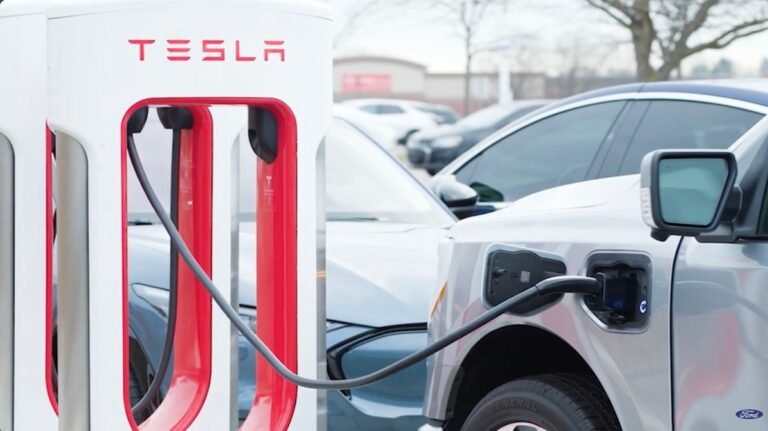
Ford announced Thursday that it’s delaying the production of two electric vehicles, a next-generation EV pickup and a three-row EV SUV.
Most recently, that startup mentality was on display with the Mustang Mach-E, Ford’s all-electric crossover.
The result was a crossover that has helped Ford claim second place in U.S. EV sales for several quarters in a row.
And don’t forget the original Ford assembly line, which while not a product, was definitely a product of entrepreneurial thinking.
Ford has excelled at those tasks: The Mustang Mach-E and the F-150 Lightning are by most accounts not just excellent EVs, but excellent vehicles overall.
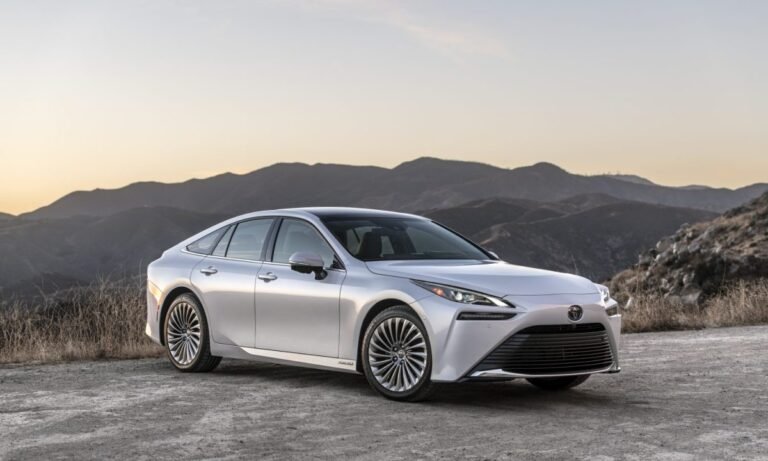
If you hurry, you can get $40,000 off a 2023 Toyota Mirai, a fuel-cell vehicle which retails for $52,000.
Toyota’s discount comes on the heels of Shell’s announcement three weeks ago that it’s closing its hydrogen filling stations in California.
Of those that remain, about a quarter are offline, according to the Hydrogen Fuel Cell Partnership.
So why are Toyota and Honda (and Hyundai and others) still so bullish on hydrogen?
If today’s hydrogen startups succeed, and if they’re able to build enough capacity to satiate industrial and shipping demand, then it might make sense to start selling fuel-cell vehicles to the masses.
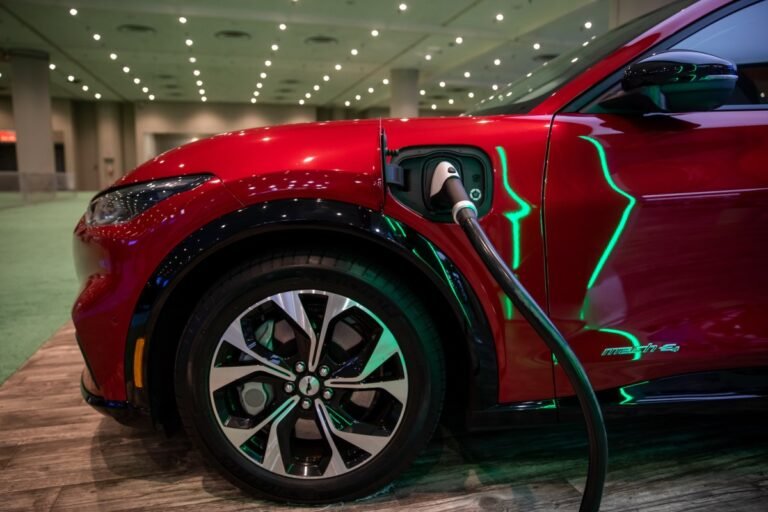
Google announced Tuesday at CES 2024 a new feature for EV drivers that will track and display real-time battery information in Google Maps.
The new Android Auto feature will rollout today on Ford Mustang Mach-E and F-150 Lightning.
Google built-in adds Chrome, Weather ChannelGoogle also added new trip planning capabilities, the Chrome browser and the Weather Channel app to Google built-in.
The company said that starting today drivers of vehicles with Google built-in can send the trip they’ve planned on their smartphone using Google Maps directly to their car.
Cars with Google built-in will also get, starting today, PBS KIDS and Crunchyroll and the Weather Channel app.
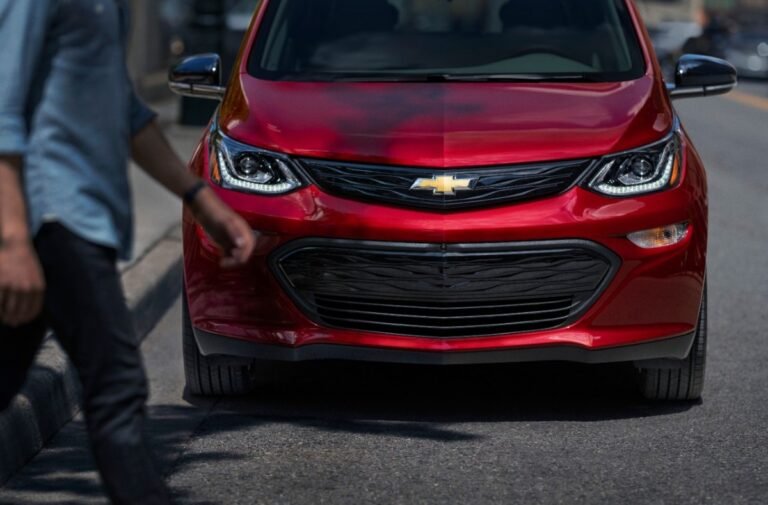
EV sales remained strong in Q4.
They could have been stronger All automakers, including Tesla, are at a crossroadsIf you’ve only been reading headlines these past few months, you’d think demand for electric vehicles has fallen off a cliff.
In some countries, like Norway, where 82% of new vehicles are electric, it has already landed.
That jibes with other forecasts that predict EVs will make up around 25% of the market in 2026.
The demand will be there, but to make the most of it, automakers have some work to do.
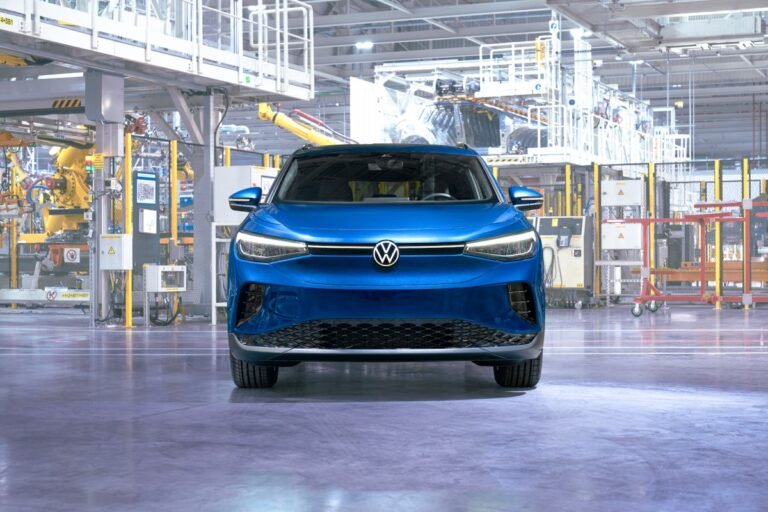
The announcement comes at the tail end of a procession of other automakers jumping on the charging standard, following Tesla’s announcement last year that it was opening up access.
Ford added that its next generation of EVs would be integrated with Tesla’s charge port called the North American Charging Standard (NACS) starting in 2025.
Since then, major automakers such as GM, Rivian, Honda, Mercedes, Hyundai, Kia, Toyota and most recently Subaru followed with their own announcements to leverage Tesla’s charging standard.
Lucid, a smaller luxury EV company, announced in November it would adopt the NACs standard.
The company has previously told TechCrunch it is evaluating the charging standard.








